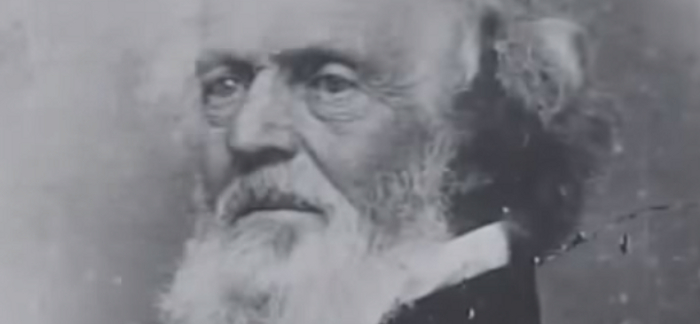The bloodies days of the Civil War occurred between September 16-18 in 1862. It would also create the most military-related deaths in a single day in all of American history. The end result was the first invasion by Confederate forces into a Union state.
1. Attack and Counterattack
One of the key locations during the Battle of Antietam is the cornfield. With more than 500 guns having clear sites at enemy positions and various attacks and counterattacks occurring throughout the day, the ground of the field became so littered by dead and dying soldiers that they could not distinguish the ground from the bodies.
2. A Fear of Lee
The Battle of Antietam really didn’t even need to take place. In the Battle of South Mountain, which occurred two days earlier, more than 38,000 Union troops attacked 12,000 Confederate troops, but were eventually held back. Had the attack happened with the entire 75,000 troop army instead, Lee’s forces would have likely been overwhelmed, potentially changing the course of the Civil War.
3. A Seizure For Propaganda
The result of the battle is essentially a draw. Lee’s advances were stalled and the Union victory amounted to holding a cornfield. This didn’t stop Lincoln and the ruling party in Washington DC from claiming a victory. Based on the performance at the Battle of Antietam, the Emancipation Proclamation was released so that it could take effect at the beginning of the year.
4. Both Generals Thought They’d Won
General McClellan, serving the Union at the Battle of Antietam, wrote his wife because of how “splendidly he had performed.” Lee had thought he’d won, but then began to count the number of desertions that had occurred and wound up offering amnesty to any soldier who would be willing to return. For McClellan, he would be replaced by Lincoln in December because of the battle.
The Battle of Antietam became one of the most critical moments of the early Civil War. No one really won, which meant those with homes or businesses in the surrounding area were the real losers. Death and disease lingered over Antietam for months to come, further enhancing the deadliest days of American history.




